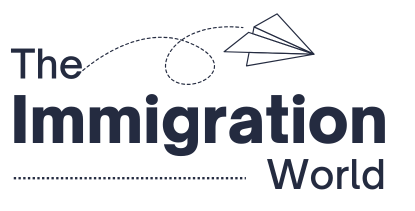Let’s start with the big news: New Zealand has officially modernized its immigration system. As of May 2025, Immigration New Zealand launched a brand-new digital portal that feels more like a smart assistant and less like a bureaucratic maze. The goal? Make immigration less frustrating and more user-friendly, especially for work-related visas.
Key Takeaways
What’s New in New Zealand’s 2025 Immigration Portal?
The updated portal now groups visas into logical categories, offers better navigation, and—finally!—gives clearer guidance on eligibility and documentation. Whether you’re a tech expert from Bangalore, a vineyard worker from the Philippines, or a postgraduate fresh out of a Kiwi university, the system now helps you determine which visa fits your journey. Plus, integrating application tracking, document checklists, and live status updates means you’re no longer submitting forms into the digital void.
How Are Work Visas Now Categorized Under the ‘Mahi’ Section?
Here’s where it gets interesting. The new portal organizes all work-related visas under a section called “Mahi,” which, in Māori, means “work.” It’s not just a name change—it’s a nod to cultural inclusivity and a very practical rebranding that makes navigation smoother than ever.
Within “Mahi,” you’ll find neatly divided visa pathways: skilled workers, post-study graduates, partners, seasonal workers, and more. The goal here is simple: you shouldn’t have to decode cryptic visa codes to figure out if you’re eligible to work in New Zealand. Each category has tailored info, FAQs, and document lists. For first-timers, this alone could mean the difference between giving up midway and finishing the application.
Which Work Visa Options Are Available for Skilled Professionals and Graduates?
New Zealand is still rolling out the welcome mat for skilled professionals, just with a more guided entry process now. The Accredited Employer Work Visa (AEWV) remains the mainstay for skilled workers. It’s available to applicants with a job offer from an accredited Kiwi employer. The AEWV can lead to residency if the job is on the Green List or pays above a certain wage threshold.
Graduates aren’t left out either. The Post Study Work Visa lets those who’ve completed a qualification in New Zealand stay and work for up to three years. It’s a great stepping stone if you’re aiming for permanent residency down the line. The updated portal even links this visa with real-time job postings and settlement support resources, making it easier to transition from cap and gown to an office desk.
What Are the Opportunities for Partners, Seasonal Workers, and Students?
It’s not just the main visa applicant who gets attention. The new portal makes partner options clearer, too. Partner Work Visas allow spouses or partners of students and workers to live—and sometimes work—in New Zealand. The conditions depend on the type of visa the primary applicant holds, but the improved system now outlines this without needing legal help to interpret.
Seasonal workers have their niche now. Sector-specific visas cater to horticulture, viticulture, fishing, and religious services. These are crucial industries for New Zealand and offer short- to medium-term work opportunities, often with pathways to longer stays for repeat applicants.
Also Read: Can New Zealand’s New Occupation List Help You Secure a Job and Visa?
Students can still work part-time during the term and full-time during the holidays. And yes, the portal now actually spells out what kind of work is allowed, how many hours you can work, and how to stay compliant—no more crossing your fingers and hoping you’re not breaking the rules.
Is the Application Process Easier and More Transparent Now?
Let’s not pretend applying for visas is ever “easy”—but the 2025 upgrades come pretty close. The interface is intuitive. Sections are categorized by purpose, and there’s far less jargon. There’s a new feature that pre-checks your eligibility before you apply, which can save applicants from wasting time (and money) on dead-end routes.
The portal also breaks down the residency pathways more clearly. For example, if you enter an AEWV, you can now click through to learn how long you need to work, what income level you must meet, and what documents you’ll eventually need for residency. It’s all interconnected now instead of being a hunt across multiple government websites.
Should You Consider New Zealand for Work and Migration in 2025?
If New Zealand has been on your radar, 2025 might be your year. With a modernized system, clearer visa pathways, and a real push to attract skilled workers, the country is signaling it wants people who are ready to contribute—and stay.
Of course, it’s not all smooth sailing. New Zealand still has high documentation standards, limited options for lower-skilled roles, and regional housing shortages that could affect where you settle. But if you’ve got the skills, the qualifications, or even just a solid plan for post-study work, the new portal makes it a lot easier to navigate the immigration maze.
Compared to many other countries tightening their rules, New Zealand’s approach feels refreshingly balanced: make it easier for qualified applicants, and clearer for everyone else. Whether you’re applying from your laptop in Mumbai or a coworking space in Berlin, the digital transformation of New Zealand’s immigration portal means one thing: your pathway to a Kiwi future is much more user-friendly.





